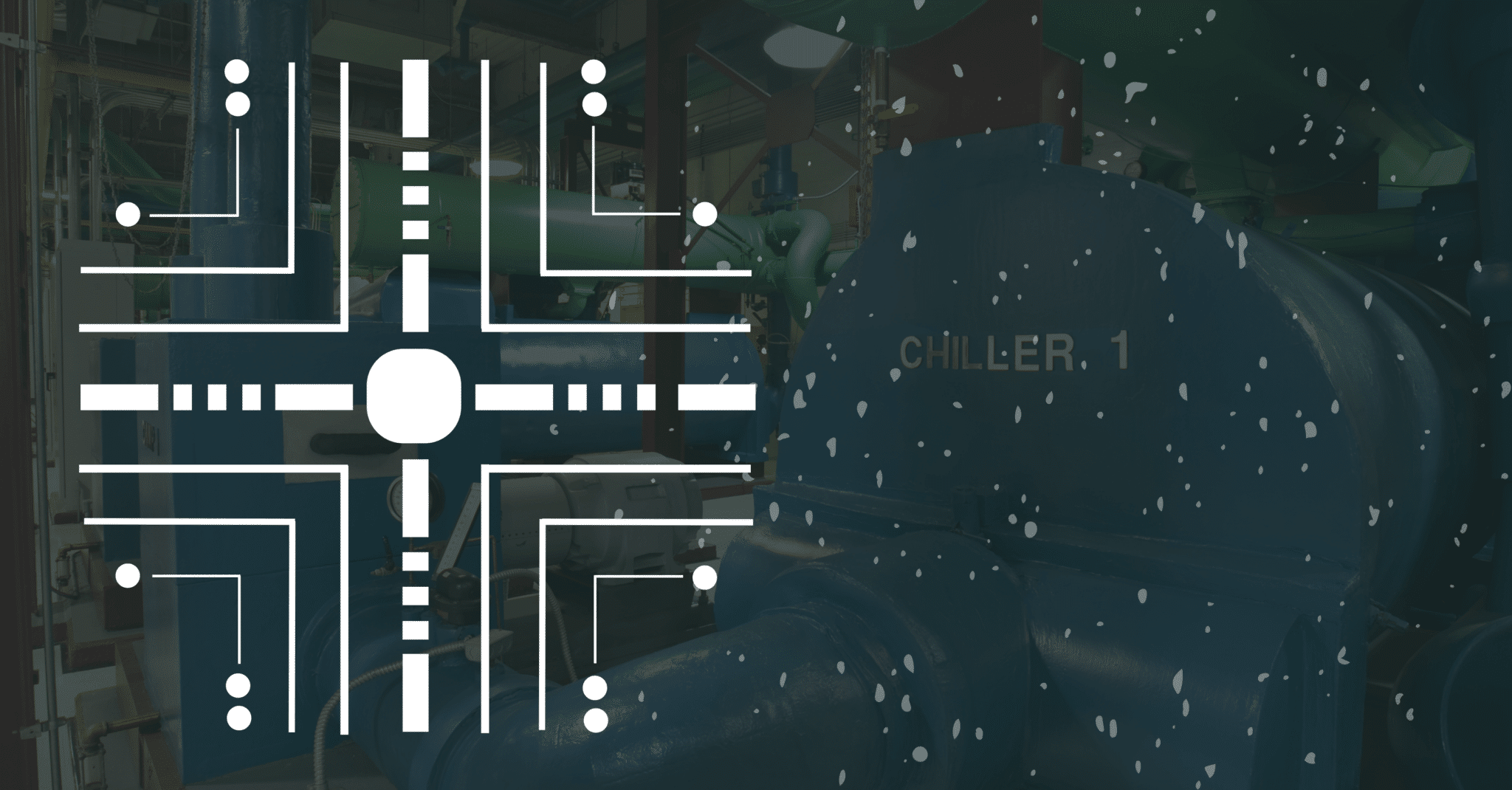When creating or upgrading a data management infrastructure, it is important to understand your current structure and how you want to use data in the future. And modernization is not always as simple as replacing all the legacy systems with new, up-to-date technology. Many times, the transition to greater digitalization involves understanding the legacy or pre-existing systems and how they will, or will not, factor into the new system.
Understanding Your Needs
A district energy data management infrastructure should enable the use and analysis of data throughout all layers of the organization. No longer should it be divided by IT or OT, but instead provide an environment where an organization values data as a corporate asset. As such, before beginning an install or upgrade, clearly understand your business objectives and needs. Ask questions like:
- Who currently uses process data and how?
- How can data be used to improve the decision-making process?
- What has been the significant limitation until now for using process data throughout the organization?
- What questions are you trying to answer with data?
Reviewing the Current System
For district energy, the below will help evaluate the current system, any obstacles, and your needs.
Chilled Water
| Chiller Review | Your Organization |
|---|---|
| Number of Chilling Stations | |
| Number of Chillers Per Unit | |
| Capacity of Each Chilling Station | |
| Control or Data Acquisition System | |
| Number of Digital Sensors | |
| Number of Analog Sensors | |
| Number of Manually Collected Sensors | |
| Sensor Naming Structure |
Steam
| Steam Review | Your Organization |
|---|---|
| Number of Boilers | |
| Capacity of Each Boiler | |
| Control or Data Acquisition System | |
| Number of Digital Sensors | |
| Number of Analog Sensors | |
| Number of Manually Collected Sensors | |
| Sensor Naming Structure |
Cogeneration
| Cogen Review | Your Organization |
|---|---|
| Number of Cogeneration Units | |
| Capacity of Each Unit | |
| Control or Data Acquisition System | |
| Number of Digital Sensors | |
| Number of Analog Sensors | |
| Number of Manually Collected Sensors | |
| Sensor Naming Structure |
Data Acquisition
| Data Review | Your Organization |
|---|---|
| SCADA System (HMI) | |
| Historian Software | |
| PLC/Controller Manufacturer | |
| OPC Server Availability | |
| Number of Tags Available & Monitored |
Buildings
| Building Review | Your Organization |
|---|---|
| Building Automation System | |
| Number of Buildings & Sites Monitored | |
| BACnet Protocol | |
| Modbus Communications |
District Energy Data Management System
| Data Management Review | Your Organization |
|---|---|
| Interfaces (OPC, BACnet, Modbus, etc) | |
| Total Number of Tags | |
| Centralized Monitoring Needed | |
| Number of Monitoring Users | |
| Web-Based Monitoring | |
| Alarm Management | |
| Process Graphics | |
| Number of Desired Process Graphics | |
| Number of Designed Process Graphics |
Selecting the Right Solution
When selecting a data management infrastructure, consider the capacity of the solution for:
- Data Monitoring Anywhere, 24/7
- Central Integration and Collection of Sensor Data
- Easy-to-Use Features for Quick Data Analysis
- Quick Access to Real-Time and Historical Data
- Dashboards for Easy Visualization
- Data Security and Reliability
Also keep in mind that you are not simply buying software. You should build a continued partnership with the software vendor so that you can tackle future obstacles and modernization as a team. All software vendors should provide a comprehensive training program and a dedicated solution support team.
Want to Learn More?
To learn more about how our customers improve their decision-making process with our data historian HanPrism, follow our LinkedIn page and reach out to break through the limitations you may be facing!

